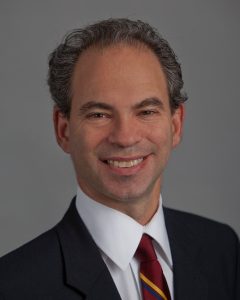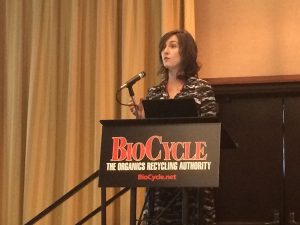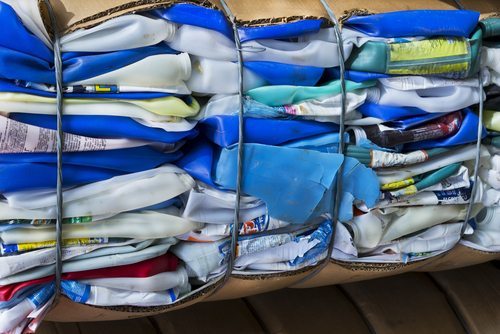
David Biderman, SWANA executive director
In a recent interview, SWANA leader David Biderman said communities don’t want to undo decades of outreach work and tell residents to stop putting certain items in the bin, even if China’s scrap policies are shaking up market realities.


 More than three months after China announced it will restrict recyclables imports, key details on logistics and timing of the new regulations remain unknown. But industry associations are piecing together some more concrete facts.
More than three months after China announced it will restrict recyclables imports, key details on logistics and timing of the new regulations remain unknown. But industry associations are piecing together some more concrete facts.
 A confluence of factors has led logistics experts to predict that American firms, including those in the recycling industry, will experience higher over-the-road shipping costs in the next six months.
A confluence of factors has led logistics experts to predict that American firms, including those in the recycling industry, will experience higher over-the-road shipping costs in the next six months. A handful of top global brand owners have made or restated pledges to use or attempt to use only reusable, recyclable or compostable packaging by 2025.
A handful of top global brand owners have made or restated pledges to use or attempt to use only reusable, recyclable or compostable packaging by 2025. When it began facing constricted fiber exports to China, Waste Management adapted by selling into alternative markets. As a result, it has been able to avoid stockpiling or landfilling recyclables, company CEO Jim Fish said.
When it began facing constricted fiber exports to China, Waste Management adapted by selling into alternative markets. As a result, it has been able to avoid stockpiling or landfilling recyclables, company CEO Jim Fish said.


 The Association of Plastic Recyclers has launched a program aimed at increasing demand for post-consumer polyethylene and polypropylene by having companies commit to using recycled content in pallets and other internal items.
The Association of Plastic Recyclers has launched a program aimed at increasing demand for post-consumer polyethylene and polypropylene by having companies commit to using recycled content in pallets and other internal items.